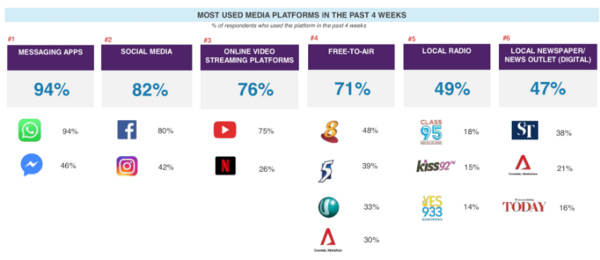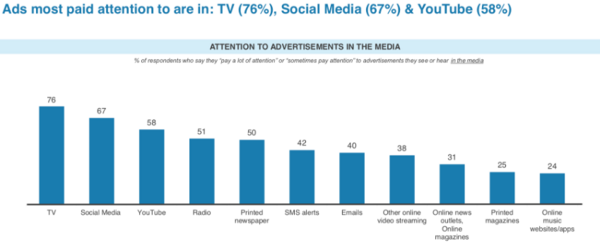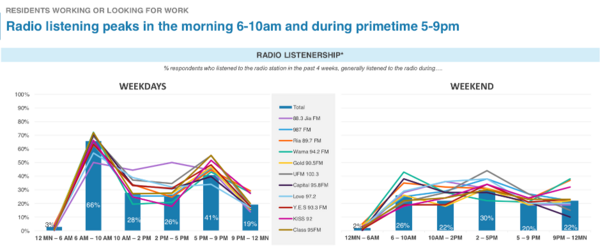Group02 proposal
Contents
Introduction
Government communicators across the world are under pressure to be more data-led to deliver on outcomes such as awareness of government policy (e.g. where to find support for specific problems), and attitudinal change (e.g. consuming healthier drinks). They compete with private sector firms in the same market for audience attention across media platforms. Thus, understanding the target audiences and where to reach them is crucial.
A common approach that government communicators take to understanding audiences better is to “build your own data” through surveys. Given the resources required to conduct representative surveys, these initiatives are almost always outsourced to market research companies. In addition to data collection, these packages also include analysis of the rich survey data, with output in the form of reports and intellectual exchanges between the commissioning agency and market research company.
The real-world experience falls short of the ambition. The majority of the survey data is untapped for insights. Market researchers over-emphasise delivering information (rather than insights) through static platforms such as powerpoint slides. Further, these reports adhere to generic templates and forego many of the best practices in statistical analysis and data visualisation. This may be partly explained by a gap in the quality of analytics expertise in the market research firms, shortcomings in the initial project scoping stage between market researcher and a lack of confidence in the ability of non-analytics professionals to engage with data.
Motivation and Objectives
We are motivated by the lack of web-enabled visual analytics applications to help government communicators discover the truth about their audience from their rich survey data.
This project aims to provide government communicators with a user-friendly web-enabled application to visually discover the media consumption patterns and behaviours of major audiences in Singapore. Specifically, the application should help the user to interact with the data to:
- Efficiently visualise the survey responses at different levels of aggregation, and with full recognition of the uncertainty in the inferences made from samples.
- Visualise the similarities in the data, such the results of cluster or latent class analysis models.
- Visualise how related responses can explain a given key observation through the use of contingency tables and Mosaic charts.
To help demonstrate the real-world benefit of our application, we intend to test the application with a sample of intended users to help them understand our design choices and seek feedback from a user perspective. This would be conducted through quantitative techniques (e.g. measure the length of time to answer specific questions using the application) and qualitative observations on whether the application encouraged interaction with the data through data and view specification and view manipulation.
Data Description
The face-to-face survey was designed to collect data on the media consumption habits of Singapore residents and Work Permit holders. Specifically, the survey collected data in three areas:
- Frequency of use of media platforms at the broad category level and granular level (i.e. specific media channel)
- Attention to advertising by media platform
- Demographic information
Over 2,300 individuals responded to the survey. This compromised a roughly equal proportion of Singapore residents and Work Permit holders.
Most of the data is categorical in nature. The application will be further scoped to focus on the consumption behaviours of media platforms with the widest relevance to the Singapore audience, based on the reported usage habits.
Critique of Existing Visualisations
Media Research Consultants Pte Ltd, a market research consultancy in Singapore, was commissioned to conduct the Media Consumption Study in 2018. Throughout the consultant’s report the theme of visualisation was consistent and below lists the common visualisations used and their critiques.
| Existing Visualisation | Critique |
|---|---|
|
|
In this visualisation, the use of icons are distracting and the percentages do not add up to 100%, it only shows what is the majority of responses and it ignores that minority which does not make this a meaningful visualisation for comparison and visualisation. |
|
|
In this visualisation, these bar charts represent the percentages of responses across the different options but there is a leak of errors bars or confidence intervals to visualise uncertainty. Also, there were some questions with a small sample size of respondents (i.e. below 50), hence it would be better to include some confidence intervals to ensure that the results are representative.
|
|
In this visualisation, the bars represent the aggregate percentage for each time period and the lines represent the percentages in each time period for each individual radio station. The lines are cluttered and messy. As a reader it makes it difficult for one to grasp at first glance what are the numbers and lines are representing hence it does not make a compelling and informative visualisation. |
Methodologies and Approach
Proposed R Packages
| Package Name | Description |
|---|---|
| Shiny & Shiny dashboard | Interactive web applications for data visualization |
| Shinythemes | To apply themes to Shiny applications |
| leaflet | To create maps within the application |
| Tidyverse | To do data manipulation and exploration with dplyr() etc. |
| Plotly | To create interactive bar graphs and scatter plots |
| ggstatsplot | To create ANOVA test visualisation |
| vcd | To visualize categorical data and mosaic plots |
| poLCA | To estimate latent class models and carry out latent class regression |
| gglpot2 | To plot out various visualizations and EDA |




